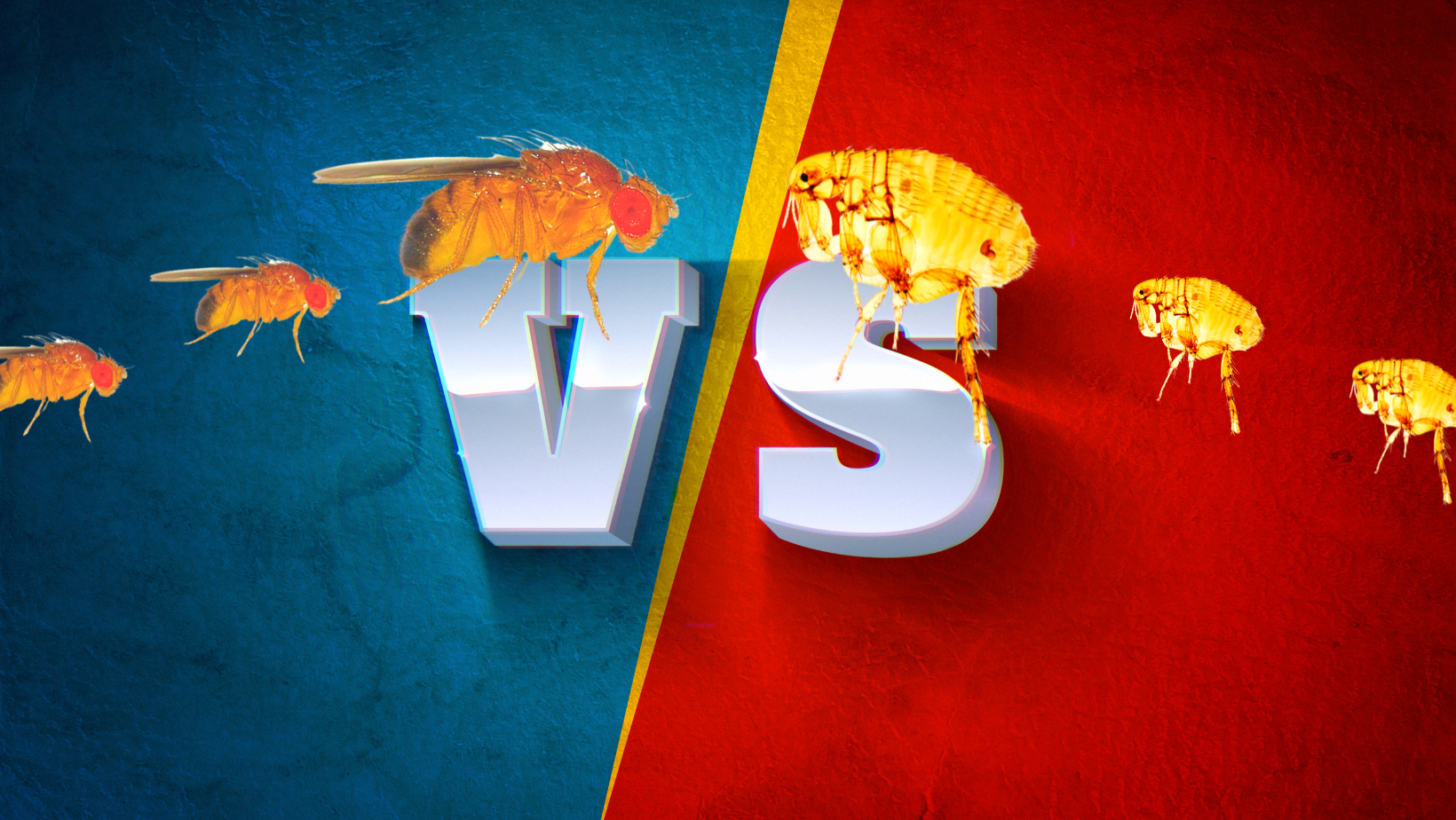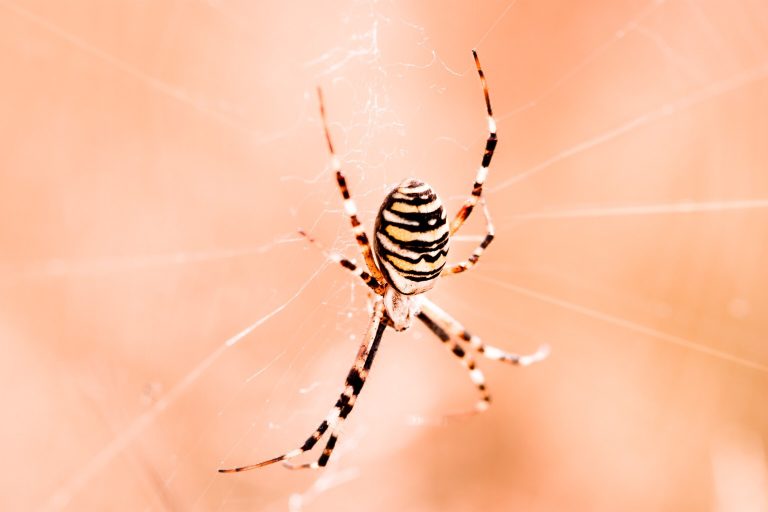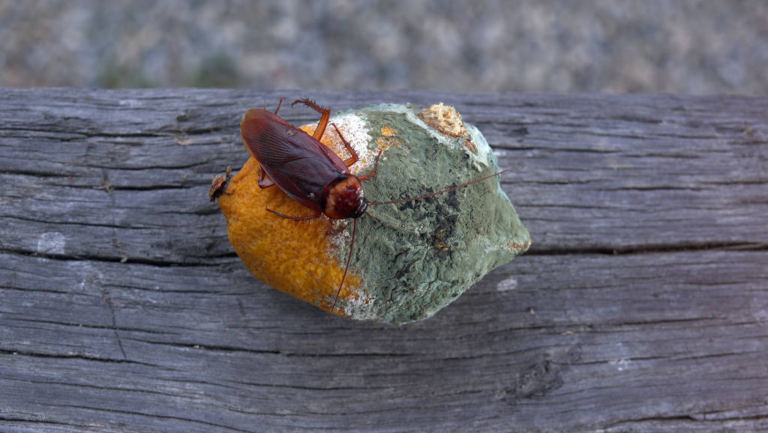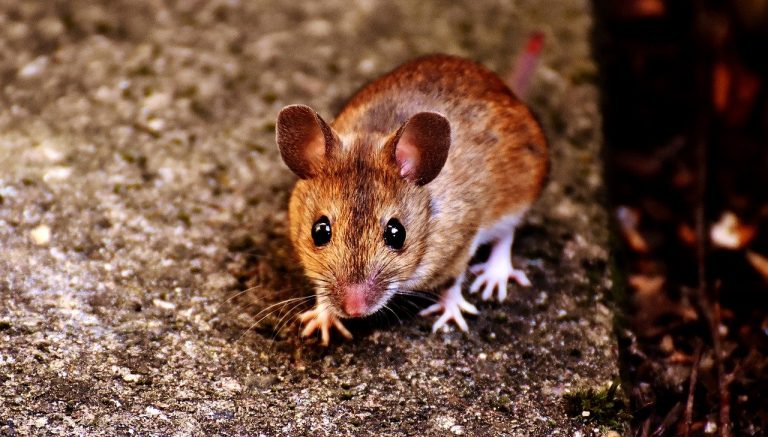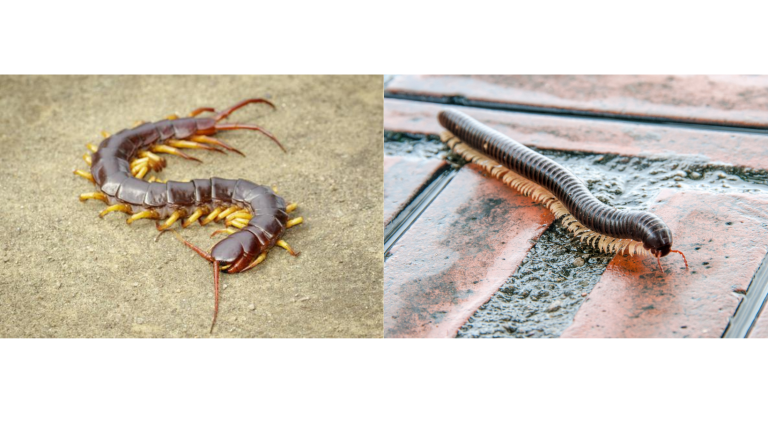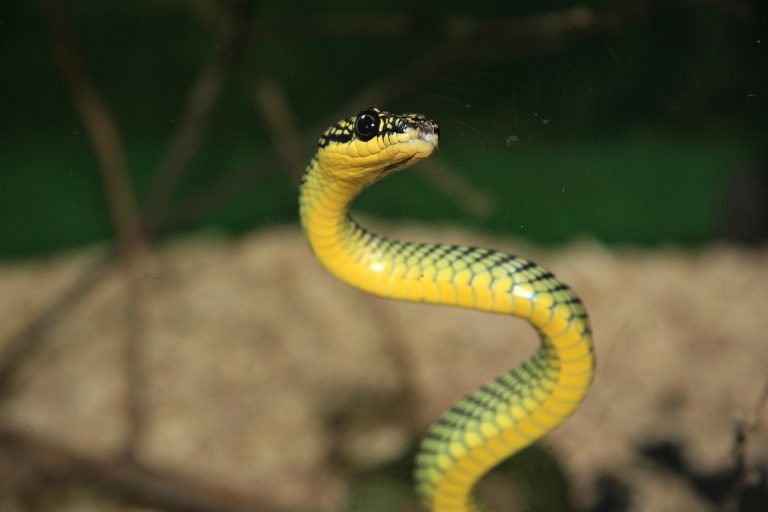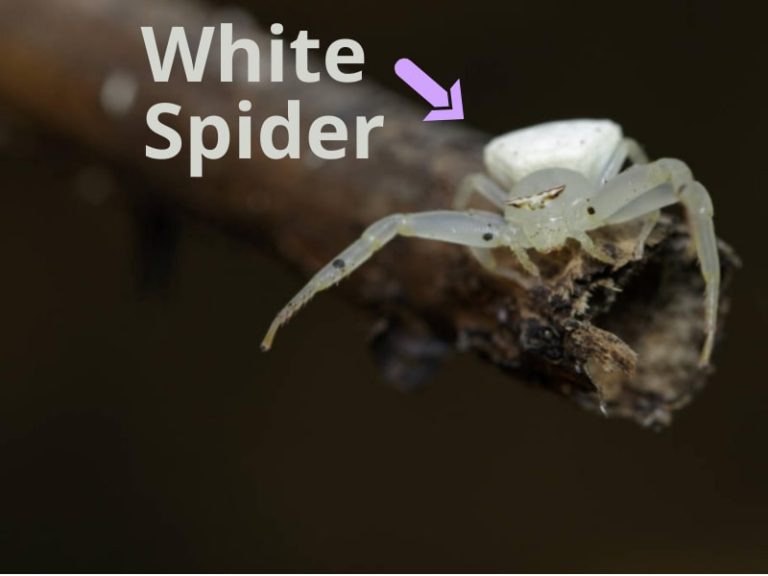Fleas vs Gnats – What’s The Difference?
One of the most significant issues with all insects is their tiny size. This typically leads to people confusing and using inappropriate controls. Fleas and gnats are two of the most excellent examples of this.
How can you differentiate between fleas and gnats? Both insects are a little unpleasant and can cause you and others much trouble.
Do fleas and gnats look alike? No, is the simple answer to your query. Fleas and gnats aren’t identical. But it’s vital to comprehend this aspect to buy the proper controls.
What Exactly Are Fleas?
Fleas are minute parasites that survive by sucking blood from their hosts. They prey on warm-blooded creatures, depending on the species. Additionally, they may transfer disease to their host.
The color is dark, from brown to black. Fleas use their long legs to move from one area to another. They can jump over 50 times their body length for a long distance.
If you have pets in your house, fleas can breed quite quickly. They can also use the yards as their host and can grow in mass very rapidly.
They have flat and slender bodies covered in hard shells. You have to press it with any hard object to kill them.
What Exactly Are Gnats?
Gnats are tiny, fragile insects with two wings. They have six long legs and three segments of the body.
A few notable gnat types are the black gnat, sand flies, and fungal gnats.
Varies with species, they consume blood, vegetation, insects, or fungi. Additionally, they may act as pollinators for plants.
They lay larvae that are either movable or immovable. They can also be either aquatic or terrestrial in nature.
Gnats play a vital part in nature. They provide a food supply for a variety of other bugs and birds. They also contribute to floral pollination.
Identification of Fleas vs. Gnats:
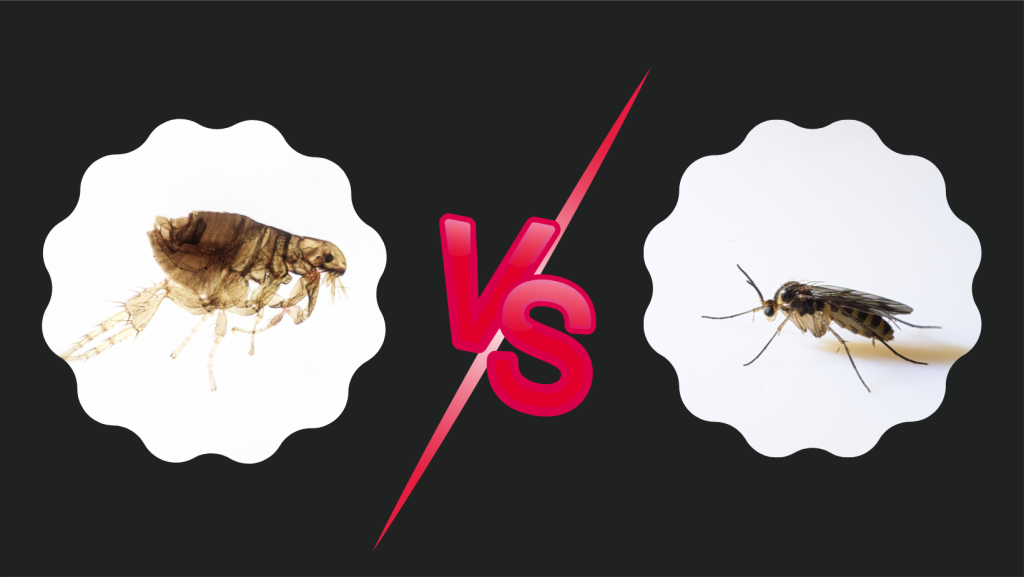
1. Definition –
The fleas are classified as species of the Siphonaptera order, while gnats are classified as part of the Nematocera suborder. Fleas are tiny parasites that lack wings and rely on their hosts for survival. However, gnats are small flying insects.
2. Size –
Flea size might vary between 1.5 mm and 3.5 mm. Gnats may differ in size from 1 mm to 15 mm.
3. Appearance –
Fleas have a flat sideways and a robust body structure. Gnats have lengthy legs and a delicate body structure. They possess only one set of wings.
4. Eyes –
Fleas’ eyes are plain. Gnats’ eyes are complex.
5. Mobility –
Fleas don’t have wings but rather lengthy legs that allow them to jump far. Gnats are flying insects that have two wings.
6. Eggs –
On the host, fleas lay their eggs. The tiny eggs are round and white. Gnats lay eggs on dry land or in water bodies.
Lifecycle of Fleas vs. Gnats:
Fleas favor warm temperatures. As a result, they only appear throughout the summertime or early autumn seasons. The Fleas life cycle is divided into four stages: egg, larva, pupa, and mature insect.
The Fleas fly can lay approximately 500 eggs at a time. As a result, fleas have a shorter lifespan than gnats: roughly one to two weeks.
A gnat has to go through three phases to become an adult insect: eggs, larvae, and pupae. The fascinating truth is that when the weather gets warmer, these insects typically develop faster.
The female gnats deposit hundreds of eggs at a time, which is remarkable. In addition, these insects have a typical lifespan of about 2-3 weeks.
Where Do Fleas Originate?
Each of us has experienced the circumstance in which you mistakenly left a bitten fruit on a dish for the entire night and woke up the following day to find many Fleas on the plate. You examined the windows and noticed that they were shut. So, how did they get there?
As it turns out, there is no such thing as mysticism. However, Fleas lay eggs on fruits and vegetables. These eggs are entirely undetectable to the naked eye.
When this fruit or vegetable rots, the midges become active and develop significantly. They quickly develop in numbers, eventually taking over the entire kitchen. Fleas are found mostly in gardens. By the way, getting rid of house Fleas is considerably easier than street ones.
Where Do Gnats Originate?
Gnats prefer damp places and isolated areas. Forests adjacent to rivers provide an excellent breeding environment. Adult females lay their eggs mostly in organic matter like garbage, dirt, or mulch. Throughout their development, the larvae feed on various decaying substances, including fungi found in the soil.
Gnats develop into full-fledged pests after two weeks of this type of feeding. But they don’t fly away from water. Gnats that reside in houses are likewise on the lookout for dark, quiet areas.
It is critical to keep in mind that gnats always fly toward the light. Therefore, if you live near a river or lake, make sure that your windows are fitted with specific anti-mosquito nets to keep the insects out of your home.
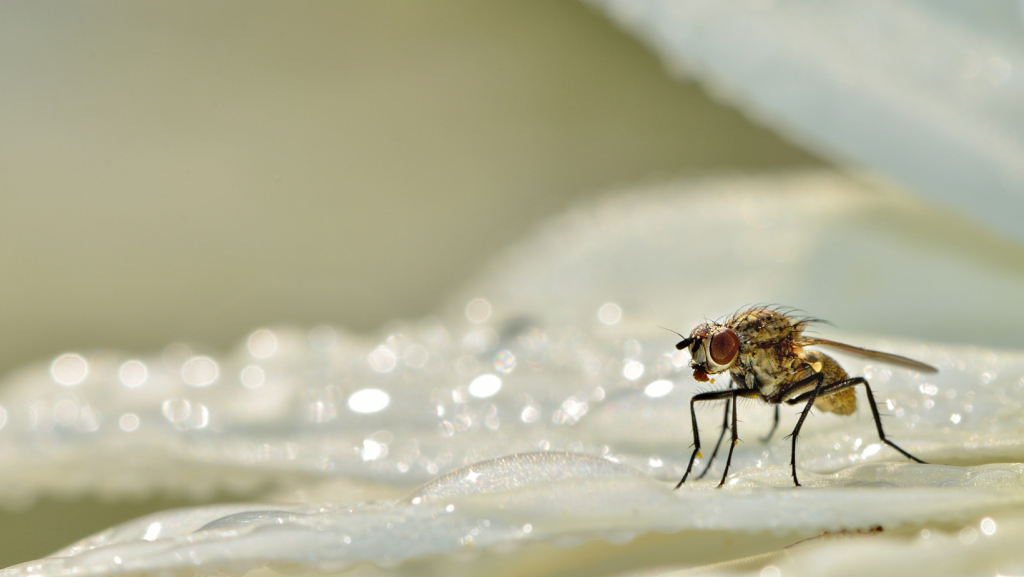
How Can Fleas and Gnats Be Prevented?
Fleas are much easier to control than gnats. Even though they are two distinct species of insects, four general points of guidance can help you avoid their presence.
- To begin, never leave an unfinished meal on the table.
- Second, make a habit of washing your dishes regularly.
- Thirdly, keep an eye out for waste and dispose of it routinely. Garbage like fish or spoiled food should be thrown out immediately.
- Finally, use anti-mosquito netting on windows and keep your home clean.
Gnats and Fleas: How to Get Rid of Them
To begin, let’s discuss how to prevent Fleas in your home.
- Construct a trap out of cider vinegar;
- Throw all meals out of the table;
- Add a fruit trap to the jar to attract Fleas.
Now, let’s talk about how to get rid of fungal gnats. You can accomplish this by reducing the soil moisture levels in houseplants, placing traps, or using specific sprays.
Bottom Line:
Gnats are well-known blood-feeding parasites, whereas fleas like to feed on plants, fruits, and several other organic stuff.
These two pests proliferate quickly, and importance is given to rapid elimination. Apart from being an annoyance to homeowners, fungus gnats also cause harm to plant roots, while fleas can transfer disease via food contamination.
Because each bug provides a unique set of problems, controlling these pests demands a unique approach.

